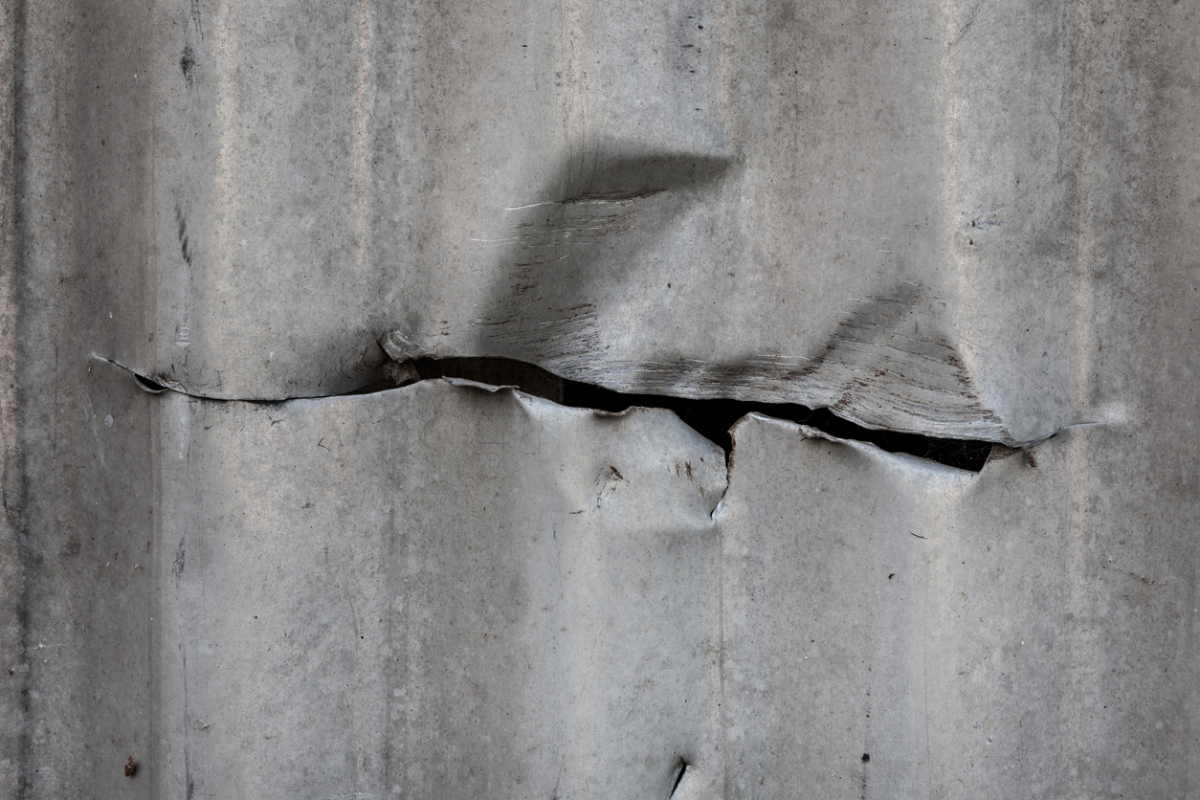Microscopic cracks fused together without human intervention, possibly opening new alleys in materials sciences.
Worn bridges, cracked railroad tracks, or wear-and-tear damage to aircraft threaten to cause catastrophic damages and cost billions every year to repair. Scientists from Sandia National Laboratories and Texas A&M University now have made a groundbreaking discovery: metals can heal themselves autonomously, a phenomenon previously thought to be impossible. Although self-healing materials have been developed, primarily in plastics, the concept of self-healing metals was considered science fiction until now.
Cracks Fuse Together Without Human Interference
The researchers witnessed microscopic cracks in a nanoscale piece of platinum fuse back together without human intervention, challenging established scientific theories. The group led by Brad Boyce, a materials scientist at Sandia National Laboratories in Albuquerque, New Mexico, reports this in the science journal Nature. The researchers originally intended to study crack formation in platinum using a specialized electron microscope technique, repeatedly pulling on the nanoscale platinum piece until a crack formed. About 40 minutes into the experiment, the damaged metal unexpectedly reversed its course, fusing back together and leaving no trace of the former crack. The crack later regrew along a different direction, however. According to the journal article, the theory behind this phenomenon was originally proposed by Michael Demkowicz at MIT in 2013. He theorized that, under certain conditions, metals should be able to weld cracks caused by wear and tear. The discovery at Sandia now confirms Demkowicz’s theory.
Could Self-Repairing Metal Structures Revolutionize Materials Science?
This discovery could lead to a revolutionary engineering breakthrough, where self-healing machines, bridges, and airplanes could repair wear and tear damage, increasing safety and durability. Fatigue damage, caused by repeated stress or motion, is a common reason for machine failures. Microscopic cracks form and grow under repeated mechanical loads until they lead to failure. These cracks are difficult to detect and often even more difficult to repair. Multiple times these microscopic fissures have led to fatal accidents for example the train derailment in Eschede, Germany in 1998. A new wheel design had caused the formation of cracks inside the wheel structure during operation. At over 200 km/h, the train derailed, claiming the life of 101 passengers.
Examining the results of the self-healing properties in metals could help scientists and engineers understand and predict fatigue damages to potentially prevent future catastrophes. However, the researchers clarify that the self-healing process still holds many unknowns, such as whether it can be practically applied in manufacturing settings. The researchers acknowledge that more extensive research is needed to understand the generalizability of this finding to other materials and environments.
Photo: iStock/Juhku


